Learning that your whole life is a lie while you’re trapped in space is a tough combo.
Category: space – Page 387
The Mathematics of Machine Learning
Check out the Machine Learning Course on Coursera: https://click.linksynergy.com/deeplink?id=vFuLtrCrRW4&mid=40…p_ml_nov18
STEMerch Store: https://stemerch.com/
Support the Channel: https://www.patreon.com/zachstar.
PayPal(one time donation): https://www.paypal.me/ZachStarYT
Instagram: https://www.instagram.com/zachstar/
Twitter: https://twitter.com/ImZachStar.
Join Facebook Group: https://www.facebook.com/groups/majorprep/
►My Setup:
Space Pictures: https://amzn.to/2CC4Kqj.
Camera: https://amzn.to/2RivYu5
Mic: https://amzn.to/2BLBkEj.
Tripod: https://amzn.to/2RgMTNL
Equilibrium Tube: https://amzn.to/2SowDrh.
►Check out the MajorPrep Amazon Store: https://www.amazon.com/shop/zachstar?tag=lifeboatfound-20
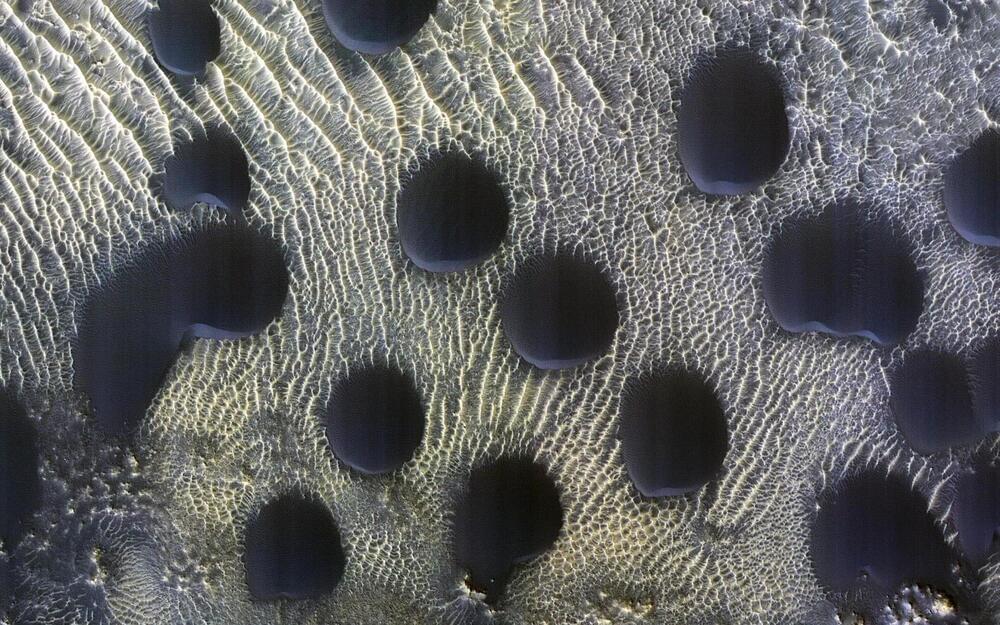
Strange Circular Sand Dunes Discovered on Mars
Sand dunes of many shapes and sizes are common on Mars. In this example, the dunes are almost perfectly circular, which is unusual. Credit: NASA/JPL-Caltech/University of Arizona.
Sand dunes of many shapes and sizes are common on Mars.
Mars is the second smallest planet in our solar system and the fourth planet from the sun. It is a dusty, cold, desert world with a very thin atmosphere. Iron oxide is prevalent in Mars’ surface resulting in its reddish color and its nickname “The Red Planet.” Mars’ name comes from the Roman god of war.
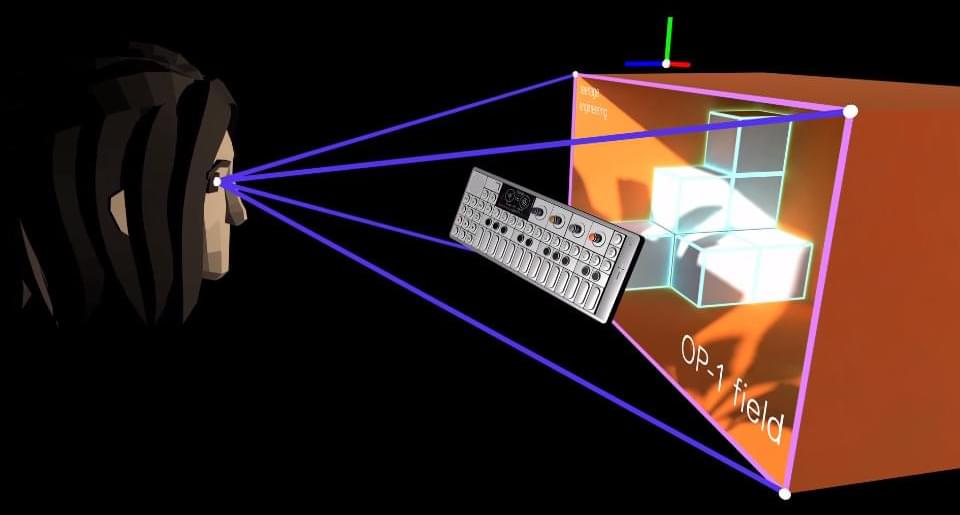
Immersive Virtual Reality From The Humble Webcam
[Russ Maschmeyer] and Spatial Commerce Projects developed WonkaVision to demonstrate how 3D eye tracking from a single webcam can support rendering a graphical virtual reality (VR) display with realistic depth and space. Spatial Commerce Projects is a Shopify lab working to provide concepts, prototypes, and tools to explore the crossroads of spatial computing and commerce.
The graphical output provides a real sense of depth and three-dimensional space using an optical illusion that reacts to the viewer’s eye position. The eye position is used to render view-dependent images. The computer screen is made to feel like a window into a realistic 3D virtual space where objects beyond the window appear to have depth and objects before the window appear to project out into the space in front of the screen. The resulting experience is like a 3D view into a virtual space. The downside is that the experience only works for one viewer.
Eye tracking is performed using Google’s MediaPipe Iris library, which relies on the fact that the iris diameter of the human eye is almost exactly 11.7 mm for most humans. Computer vision algorithms in the library use this geometrical fact to efficiently locate and track human irises with high accuracy.
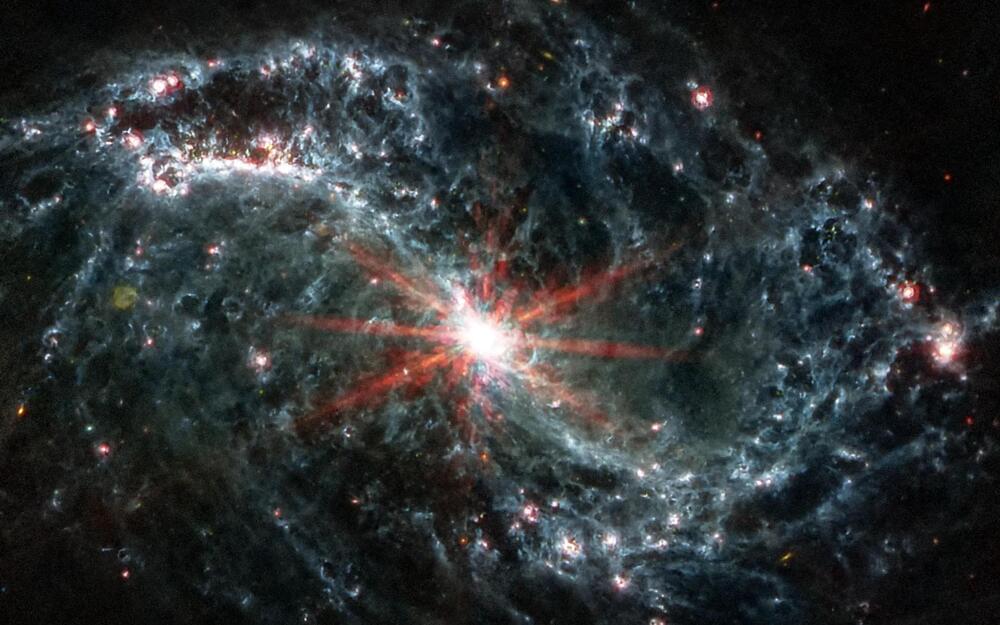
Breathtaking Early Stages of Star Formation Captured With James Webb Space Telescope
Webb space telescope’s mid-infrared capabilities allowed scientists to see past gas and dust clouds to observe previously obscured details in faraway galaxies.
A team of researchers has been able to see inside faraway spiral galaxies for the first time to study how they formed and how they change over time, thanks to the powerful capabilities of the James Webb Space Telescope.
“We’re studying 19 of our closest analogs to our own galaxy. In our own galaxy we can’t make a lot of these discoveries because we’re stuck inside it,” says Erik Rosolowsky, professor in the University of Alberta Department of Physics and co-author on a recent paper — published in The Astrophysical Journal Letters.
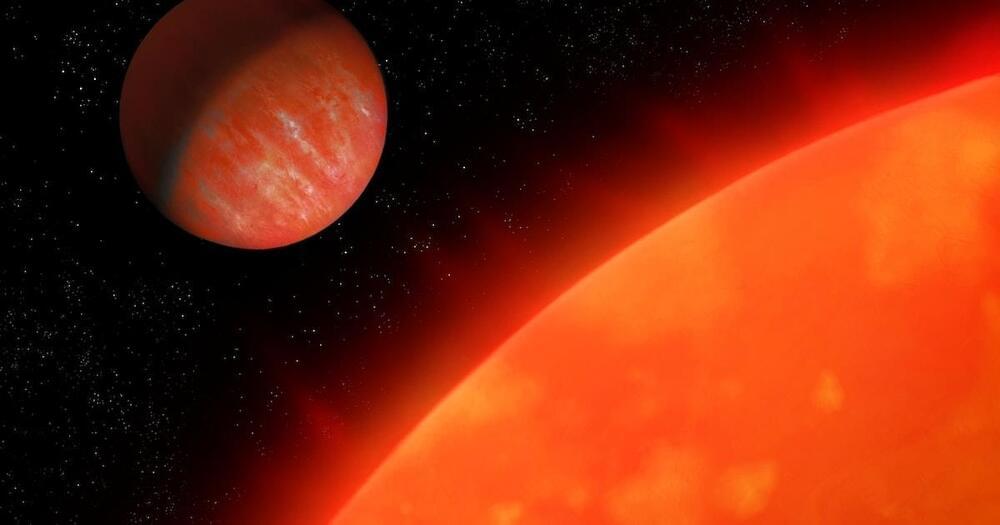
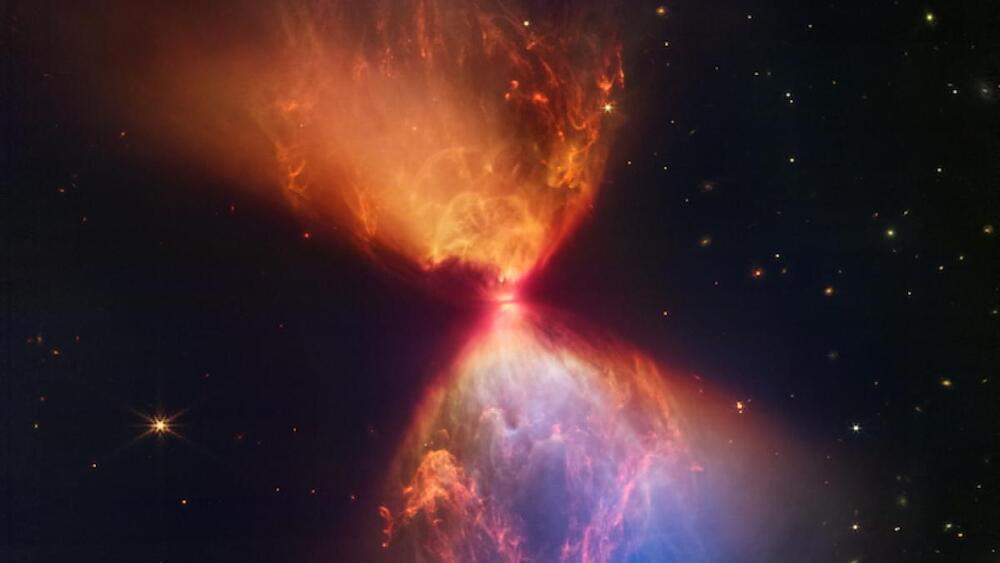

Two exoplanets orbiting a sun-like star discovered
Astronomers report the discovery of two new exoplanets orbiting a bright sun-like star about 175 light years away. The newfound alien worlds, designated HIP 104,045 b and HIP 104,045 c, were classified as a Jupiter analog and a super Neptune planet, respectively. The finding was detailed in a paper published March 2 on the pre-print server arXiv.
The radial velocity (RV) method to detect an exoplanet is based on the detection of variations in the velocity of the central star, due to the changing direction of the gravitational pull from an unseen exoplanet as it orbits the star. Thanks to this technique, more than 600 exoplanets have been detected so far.
Now, a team of astronomers led by Thiago Ferreira of the University of São Paulo in Brazil, reports the detection of two new exoplanets using the RV method. They observed a solar-type star HIP 104,045 with the High Accuracy Radial Velocity Planet Searcher (HARPS) spectrograph on the 3.6m telescope of the European Southern Observatory (ESO) in La Silla, Chile. The observations, conducted as part of the Solar Twin Planet Search (STPS) program, resulted in the discovery of two massive extrasolar worlds.
Could an Explosive Gravity Wave Ever Kill Us All? | Unveiled
Is gravity going to kill us one day?? Join us, and find out!
Subscribe for more ► https://wmojo.com/unveiled-subscribe.
In this video, Unveiled takes a closer look at one of the most unknown threats in the universe — gravitational waves! These incredible structures carry an immense amount of energy, so could they ever end life on Earth? Could they ever destroy the planet entirely? Join us, and find out!
This is Unveiled, giving you incredible answers to extraordinary questions!
Find more amazing videos for your curiosity here:
Quantum Theory PROVES You Never Die — https://youtu.be/78onGajtyZw.
Do We Already Have a Secret Base Hidden on Mars? — https://youtu.be/b9CjNoVvN4k.
0:00 Intro.